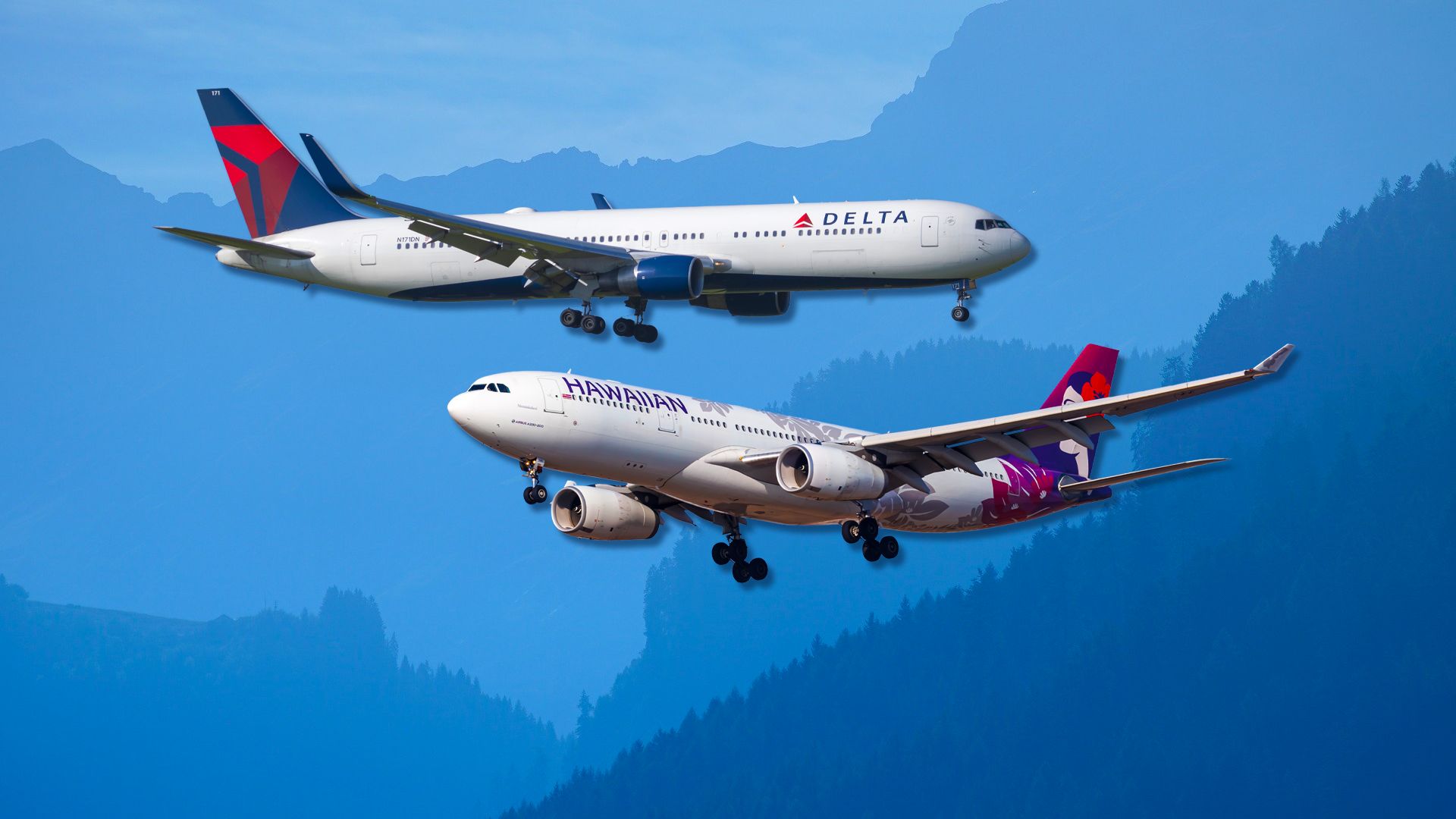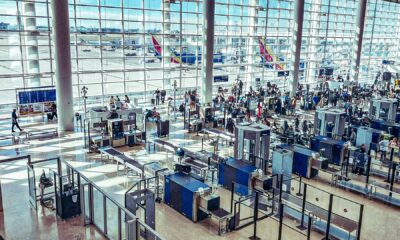World
US Airlines Expand Longest Nonstop Routes in 2025

The landscape of air travel in the United States is evolving dramatically as airlines introduce longer nonstop routes in 2025. With advancements in technology and the growing demand for direct flights, U.S. carriers are now operating nonstop journeys that span over 5,000 miles domestically and exceed 8,000 miles internationally. This shift not only enhances connectivity across the country but also strengthens the U.S. position in the global aviation market.
Domestic Routes: Pushing the Limits
In the realm of domestic air travel, the route from Boston to Honolulu has emerged as the longest nonstop flight, covering over 5,000 miles. This service, primarily offered by Hawaiian Airlines, reflects the airline’s strategy to capitalize on leisure travel demand. Other notable long domestic routes include flights from Honolulu to New York and Newark to Honolulu, each exceeding 4,900 miles.
These long-haul domestic flights are a testament to the operational capabilities of U.S. airlines. With the use of modern aircraft such as the Boeing 787-9 and Airbus A330-200, airlines can efficiently manage the balance between payload, range, and cost. The ETOPS certification highlights the rigorous standards these aircraft meet, ensuring safe operations across vast distances.
The logistical challenges involved in such flights are substantial. Airlines must meticulously plan fuel management, crew rotations, and maintenance schedules to ensure reliability. The success of these routes also underscores the importance of tourism for Hawaii’s economy, connecting the islands with the continental U.S. and facilitating the flow of travelers year-round.
International Nonstop Journeys: Bridging Continents
On the international front, U.S. airlines are making headlines with their ambitious nonstop routes to Asia, the Middle East, and Oceania. The flight from New York (JFK) to Singapore (SIN) is the longest international nonstop route at approximately 9,537 miles, followed closely by the Newark to Singapore route. Other significant routes include Dallas/Fort Worth to Sydney and Los Angeles to Singapore, all exceeding 8,000 miles.
These ultra-long-haul flights are made possible by the latest in aviation technology, featuring aircraft such as the Boeing 787-9 and Airbus A350-900. These planes are designed for long-range performance, allowing airlines to offer nonstop connections that were once deemed impractical. As noted by Singapore Airlines, these routes not only save time for travelers but also reshape the strategies of airlines seeking to attract premium customers.
Operating these routes requires meticulous coordination in various aspects, including fuel supply and overflight permissions. Airlines invest heavily in these long-haul services, as they provide a competitive edge in attracting business travelers and tourists alike.
The appeal of nonstop travel is evident; it significantly reduces total travel time compared to flights with layovers. This efficiency is crucial for maintaining high customer satisfaction and loyalty.
The Future of Long-Haul Aviation
As the aviation industry looks to the future, developments in aircraft technology will further enhance the capabilities of U.S. airlines. Innovations such as the upcoming Airbus A350-1000ULR and Boeing 777-8 promise to extend the reach of American carriers into new markets. These aircraft are expected to enable nonstop flights to cities like Manila and Cape Town, further solidifying the U.S. presence in global aviation.
Domestically, smaller aircraft like the Airbus A321XLR, set to enter service later this decade, will allow for direct connections between mid-sized U.S. cities and international destinations. This evolution in aircraft design will not only enhance operational efficiency but will also provide travelers with more options for nonstop travel.
The growth of long-haul routes in 2025 highlights the ongoing progress in the U.S. aviation sector. From connecting distant islands to facilitating international travel, these advancements reflect the industry’s commitment to meeting the demands of modern travelers while showcasing the remarkable capabilities of contemporary aircraft. As U.S. carriers continue to push the boundaries of distance, the future of long-haul flying looks promising and full of potential.
-

 Politics4 weeks ago
Politics4 weeks agoSecwepemc First Nation Seeks Aboriginal Title Over Kamloops Area
-

 World5 months ago
World5 months agoScientists Unearth Ancient Antarctic Ice to Unlock Climate Secrets
-

 Entertainment5 months ago
Entertainment5 months agoTrump and McCormick to Announce $70 Billion Energy Investments
-

 Science5 months ago
Science5 months agoFour Astronauts Return to Earth After International Space Station Mission
-

 Lifestyle5 months ago
Lifestyle5 months agoTransLink Launches Food Truck Program to Boost Revenue in Vancouver
-

 Technology3 months ago
Technology3 months agoApple Notes Enhances Functionality with Markdown Support in macOS 26
-

 Lifestyle3 months ago
Lifestyle3 months agoManitoba’s Burger Champion Shines Again Amid Dining Innovations
-

 Top Stories2 months ago
Top Stories2 months agoUrgent Update: Fatal Crash on Highway 99 Claims Life of Pitt Meadows Man
-

 Politics4 months ago
Politics4 months agoUkrainian Tennis Star Elina Svitolina Faces Death Threats Online
-

 Sports5 months ago
Sports5 months agoSearch Underway for Missing Hunter Amid Hokkaido Bear Emergency
-

 Politics5 months ago
Politics5 months agoCarney Engages First Nations Leaders at Development Law Summit
-

 Technology5 months ago
Technology5 months agoFrosthaven Launches Early Access on July 31, 2025





















